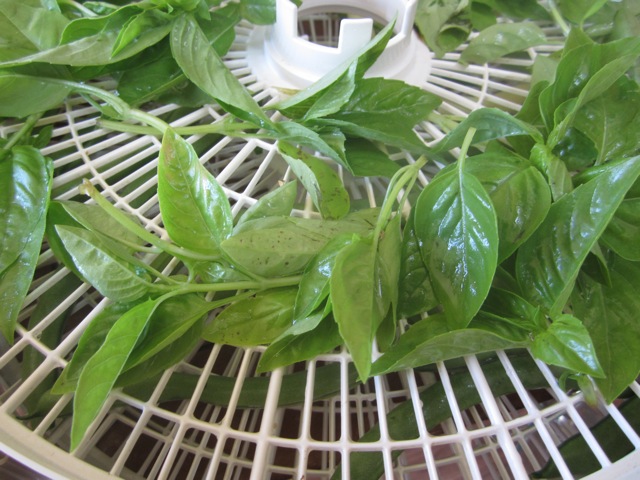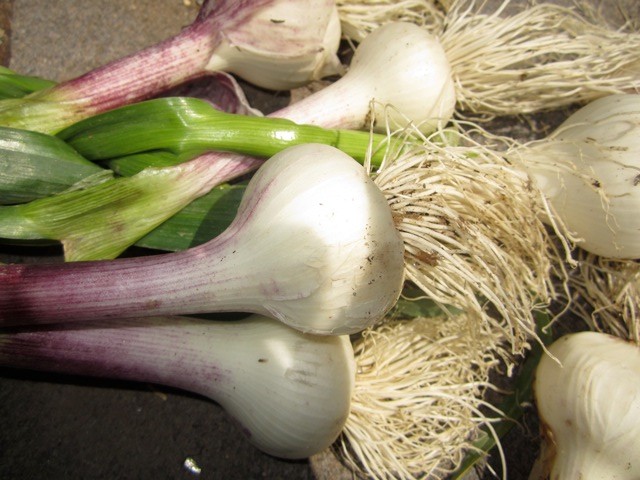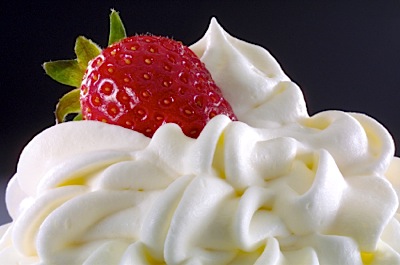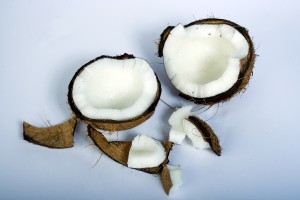 That’s the best parenting advice I can give . . . and I wish I’d learned it when I was a young mother!
That’s the best parenting advice I can give . . . and I wish I’d learned it when I was a young mother!
What is your reaction when . . .?
*Your daughter comes out of her room wearing something you think is immodest . . .
*You discover your sewing scissors rusting outside in the sandbox . . .
*You are late for an appointment and your gas tank is empty, courtesy of your teen driver . . .
Well, I hope your reaction is better than mine was as a young mother! It is so natural to want to see justice done and to be loud about it too! When children are very small, immediate (calm) correction is necessary to match their short memories, but as they grow older, the very most effective reaction is to zip your lips and write yourself a note. Truly!
If you don’t zip your lips, you might say things that you wish you could take back and you will model reactive behavior you never wish to see repeated. More importantly, the child you are lecturing may go deaf or claim innocence: “it wasn’t me.” Anyone pushed in a corner will try to wriggle out. No one likes the hot seat, adult or child.
If you don’t write yourself a note, you might forget to do the proper and much needed teaching once your emotions have cooled down. Life moves on and it won’t be a priority unless you make it so. Being too lax is quite as bad as being over-reactive. Make sure you give fair consequences and teach the lessons your children need to have reinforced, for their sake.
The time for discussing modest clothing choices is a week or more later when your daughter is dressed modestly and the incident has been forgotten. Then the air is clear, there is no need for defensiveness, hearts are more open. Don’t reference the incident, just teach in the most inspired, memorable and interesting method possible: a story, a movie, a scripture . . . anything that will touch her heart—without pointing a finger of blame.
The time to deal with consequences on the rusty sewing scissors is later. Am I saying that it is right to just let it go, not set it right in the heat of the moment when all the facts and evidence are clear? Yes, that’s what I’m saying. There is something in us that aches for justice! And setting it right punctuated with exclamation points seems justified and satisfying! By writing myself a note, I can keep quiet but reassured that the price will be paid, that no one is getting away with anything here, that I am exercising wisdom and will definitely be applying consequences later, when I have a level head and can approach it calmly.
A child who makes a mistake needs better skills. He is in need of instruction and consequences. Not fireworks. Modeling being in-control is a great blessing we can give our family.
 It’s that time of year again, when the garden is producing faster than I can keep up with it. And the sun is so hot, it definitely begs to be put to use in the process. And so, pillowcase food drying was a natural solution! Here’s how:
It’s that time of year again, when the garden is producing faster than I can keep up with it. And the sun is so hot, it definitely begs to be put to use in the process. And so, pillowcase food drying was a natural solution! Here’s how:













 That’s the best parenting advice I can give . . . and I wish I’d learned it when I was a young mother!
That’s the best parenting advice I can give . . . and I wish I’d learned it when I was a young mother!


 Guess I am not the only one who didn’t really understand what stem cell treatment is about, and since many of you have asked for an explanation of Ammon’s treatment, here’s the scoop in simple terms—from my limited understanding!
Guess I am not the only one who didn’t really understand what stem cell treatment is about, and since many of you have asked for an explanation of Ammon’s treatment, here’s the scoop in simple terms—from my limited understanding!
